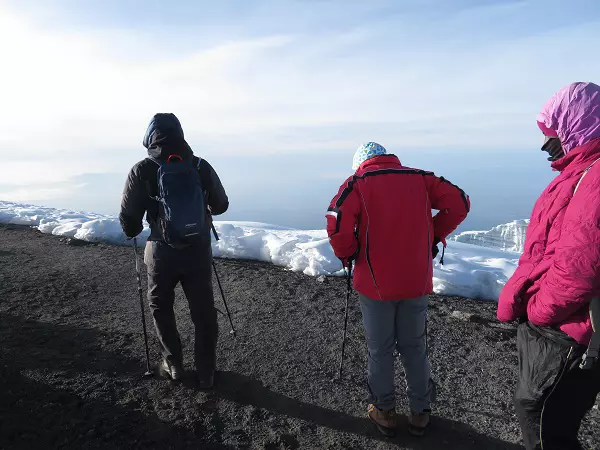
Embarking on the ascent of Kilimanjaro is a dream for many adventurers, but with such an endeavor comes the natural question: Is climbing Kilimanjaro safe? As Africa's highest peak and one of the Seven Summits, Kilimanjaro presents both challenges and rewards. In this comprehensive guide, we explore the safety aspects of climbing Kilimanjaro, providing insights, tips, and considerations to ensure a secure and enjoyable journey to the summit.
Kilimanjaro's elevation, reaching 5,895 meters (19,341 feet) at Uhuru Peak, poses a risk of altitude-related illnesses. Understanding the symptoms and proper acclimatization is crucial for safety.
The weather on Kilimanjaro can be unpredictable, with temperatures ranging from tropical at the base to Arctic-like conditions at the summit. Adequate preparation for varying weather is essential.
The terrain includes a mix of rainforest, alpine desert, and glacial zones. Climbers encounter rocky paths, steep ascents, and potentially challenging conditions. Proper gear and awareness are vital.
While solo climbs are discouraged due to safety concerns, joining a guided group climb with experienced guides enhances safety through collective support, expertise, and proper logistics.
Selecting a reputable tour operator with experienced guides and a proven safety record is fundamental. Research reviews and testimonials to gauge the operator's reliability.
Before embarking on the climb, undergo a thorough health check to ensure you are physically fit and free from pre-existing conditions that may pose risks at higher altitudes.
Opt for routes with gradual ascents and built-in acclimatization days. Slow and steady climbs enhance acclimatization and reduce the risk of altitude-related illnesses.
Confirm that your tour operator has robust emergency protocols in place, including access to evacuation services if needed. Guides should be trained in first aid and altitude-related emergencies.
Ensure that your gear is in good condition and appropriate for the varying conditions on Kilimanjaro. Well-maintained equipment contributes to safety and comfort.
Listen to your guides and follow their instructions diligently. Guides are familiar with the mountain, its challenges, and the necessary safety measures.
Symptoms include headaches, nausea, dizziness, and fatigue. Immediate descent is the primary treatment for AMS.
HAPE involves fluid accumulation in the lungs, leading to severe breathing difficulties. Descent and medical attention are crucial.
HACE is a severe form of altitude sickness affecting the brain. It requires immediate descent and emergency medical intervention.
Engage in a fitness regimen to build cardiovascular endurance and strength. Physical preparation significantly contributes to a safe climb.
Stay well-hydrated and maintain a nutritious diet during the climb. Proper nutrition supports energy levels and overall well-being.
Monitor your health and well-being throughout the climb. Communicate any discomfort or symptoms to your guides promptly.
Climbing Kilimanjaro is an awe-inspiring journey that, with proper preparation and precautions, can be achieved safely. Choosing the right tour operator, prioritizing acclimatization, and recognizing the signs of altitude-related illnesses are integral components of a safe Kilimanjaro climb. As you ascend through the diverse landscapes of this iconic peak, let safety be your constant companion, ensuring that every step toward the summit is not only thrilling but also secure and memorable.